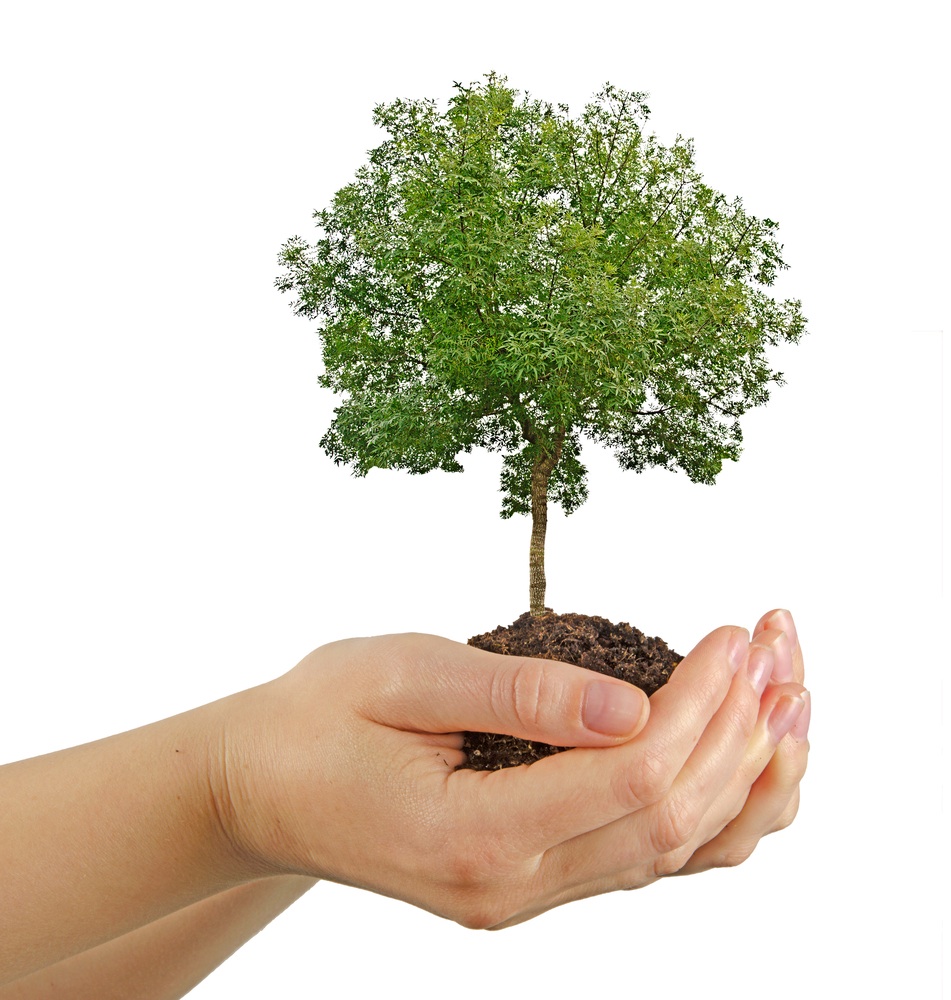
When is the best time to plant trees purchased from the nursery? This question has both a long and a short answer, and specifically concerns areas that experience cold winters; if you live in an area with a moderate climate, then essentially any time of year except summer is a good time for planting (the summer heat presents too great a threat to young trees).
When to Plant Trees: The Short Answer
In general, the best time for planting trees is late winter or early spring.
This period is typically followed by a period of moderate weather in the North, during which the new transplant will have time to become established. If that does not fit your schedule, then aim for autumn. Summer is a bad choice because the weather is too hot and the actively growing plants are too susceptible to damage. Weather also restricts your options in the winter (at least in the North), because the cold causes the ground to freeze. If you have had the foresight to do all of your digging ahead of time in fall (before the ground freezes), it is not impossible to plant trees in winter. But unless you can water them sufficiently, early-to-mid winter is not the best planting time, either.
When to Plant Trees: The Long Answer
For the long answer to the question of when to plant trees, we will remember what has been said above — but then just expand on it a bit. To begin, I need to introduce some vocabulary items:
- dormancy
- deciduous
- evergreen
Planting trees when they are dormant (or, at least, when they are not operating at their peak growth rate) is advisable since that is when handling them is least disruptive to them. When do they go dormant? In the Northern Hemisphere, they begin to enter dormancy at some point in the autumn and begin to leave it at some point in the spring.
However, in the longer version, we need to be more precise by breaking the original question down into two parts: one for deciduous types, another for evergreens.
When to Plant Trees That Are Deciduous
In a way, the best time to install deciduous types is more obvious. The dropping of leaves in autumn signals that they are entering dormancy. The unfurling of buds in spring signals that they are leaving dormancy. This is clear-cut and goes a long way toward answering the question of when to get your new specimen into the ground.
When to Plant Trees That Are Evergreen
The answer as to when to plant trees that are evergreen is necessarily less precise because they do not send out so clear-cut a signal. While they do not grow as vigorously in winter as in other seasons, they do not undergo the kind of dormancy that deciduous plants do. Thankfully, though, evergreens tend to be tough customers, and this toughness gives you more leeway with them. You can generally undertake the operation earlier in the fall and later in the spring with evergreens than you can with their deciduous counterparts. However, you will still want to avoid planting them when it is too hot (and/or too dry). If it is still hot in your region in late September, hold off till later in the fall.
Likewise, if you know that early June tends to bring hot weather to your neck of the woods, plant those evergreens earlier in the spring!
When to Plant Trees: A Follow-Up Consideration
Intense heat is a major enemy to newly planted saplings. But the lack of water for their root systems is another. And although you may not think of winter as a dry time — what with all the snow — remember, the moisture from the snow can’t get to the roots until the snow melts and the ground thaws. Thus in cold climates, winter brings desert conditions of a sort. That is why watering trees properly in fall is important — regardless of whether you have opted for planting in autumn or in late winter (or early spring).





Leave a Reply